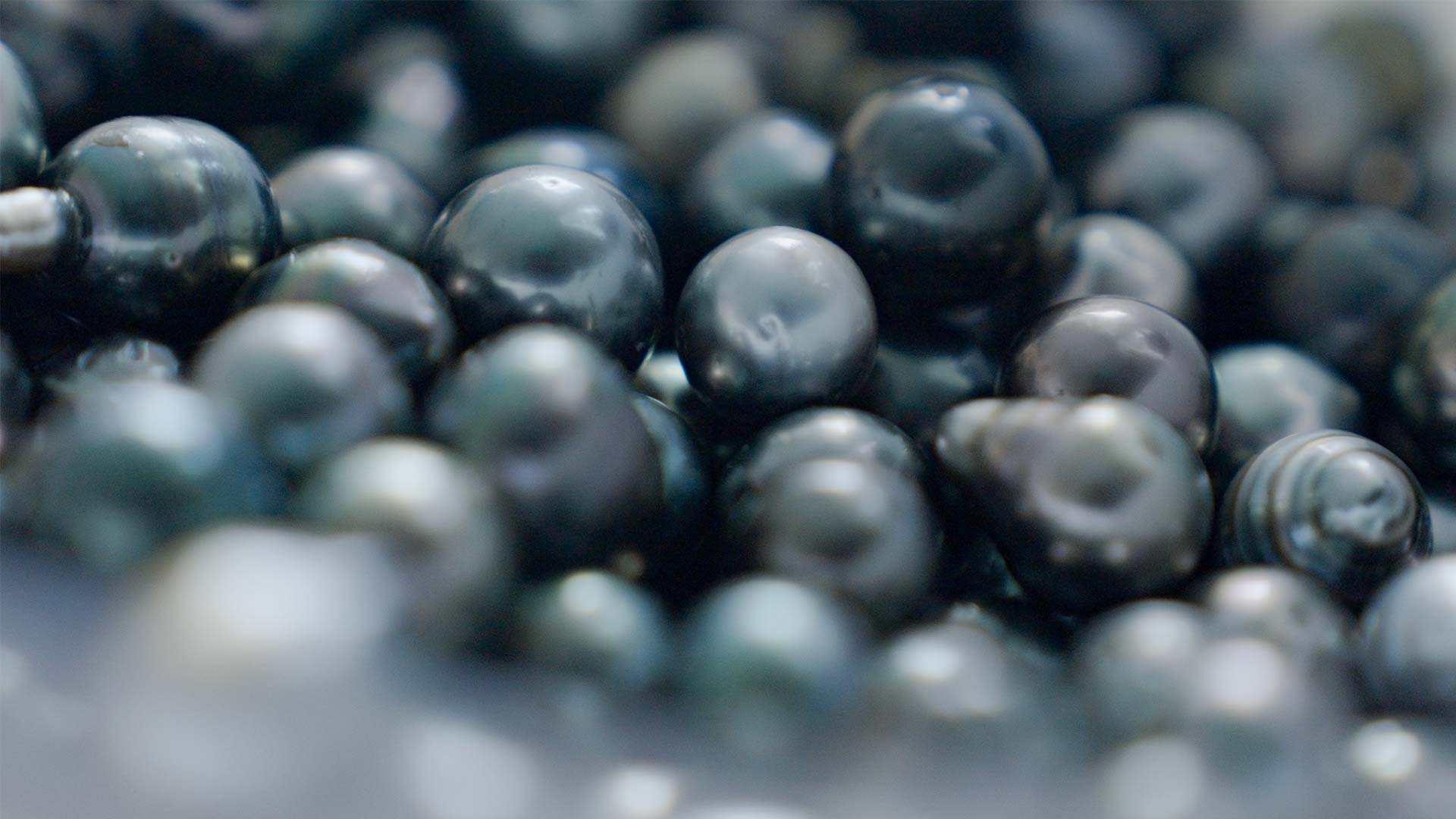
French Polynesia: pearl farming faces the challenges of plastic pollution
Since 1960, black pearls have been cultivated on the many islands and atolls of French Polynesia. Crafted on pearl farms, pearls, called “poeravas” in Tahitian, are renowned the world over for their beauty and uniqueness. The pearling industry is very important to Polynesians, as it is the country’s second-largest source of income, creating jobs and generating national wealth.
However, pearl farming requires a great deal of rope and netting, most of which is made of plastic. That’s why, during our stopover in the islands, we were very interested in the repercussions of this practice.
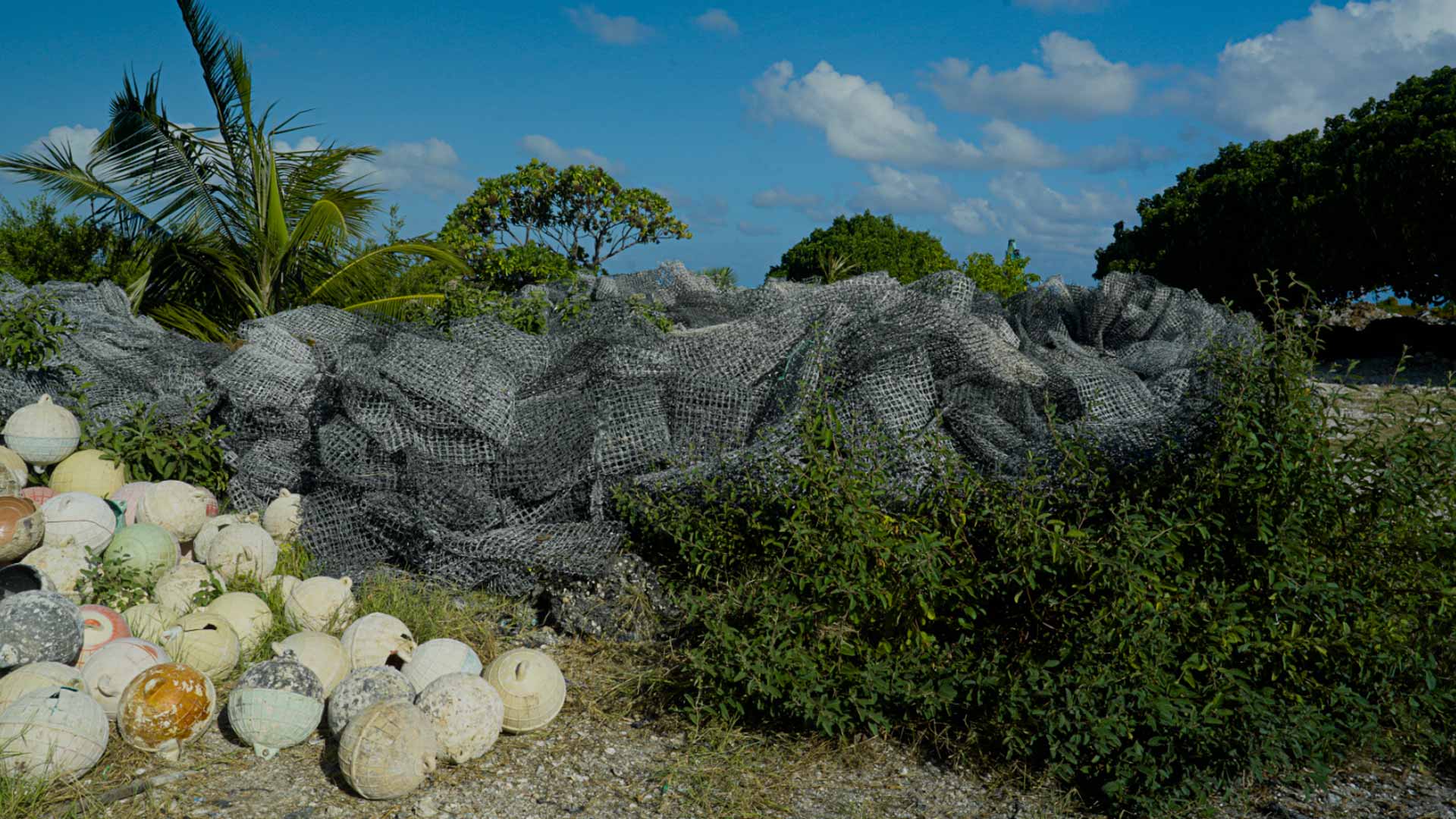
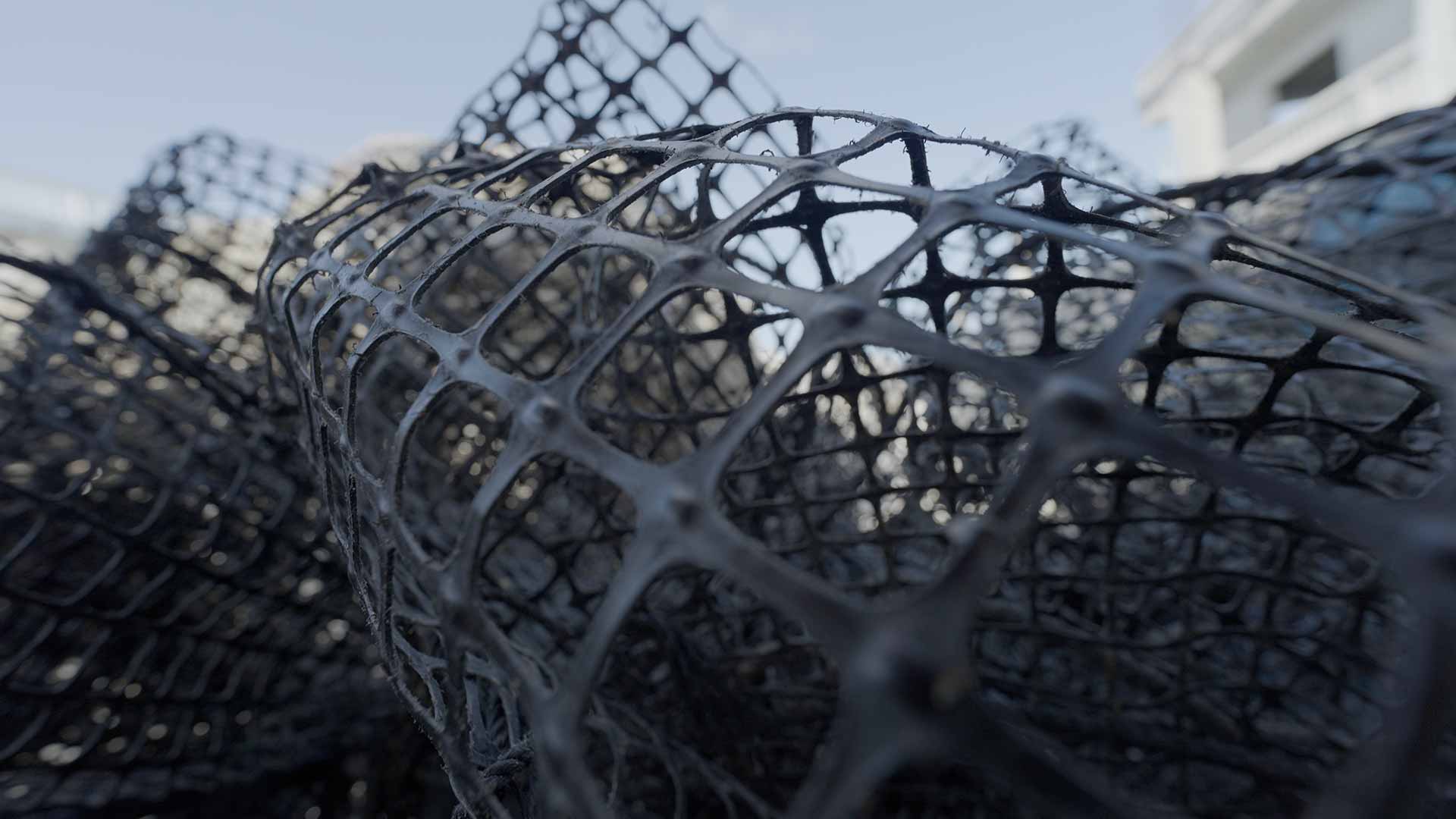
Visit Maggie’s pearl farm, pioneer of pearl farming in the Tuamotu archipelago
On the Apataki atoll, a few dozen meters from the shore, small square houses on stilts stand where men and women are busy at work. These are the pearl farms where the famous Tahitian black pearls, true jewels of the Pacific, are cultivated.
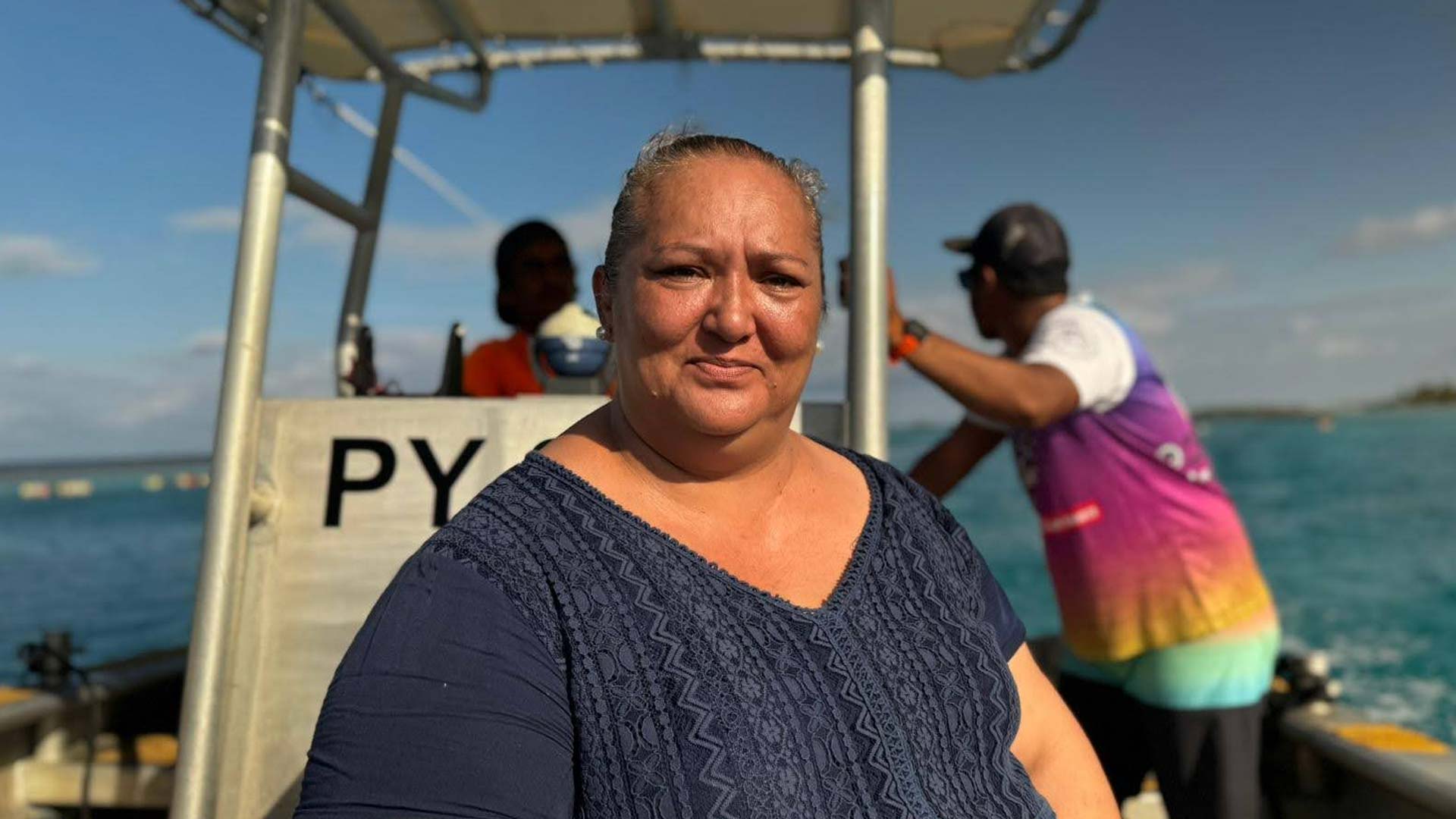
Marguerite Urina, nicknamed Maggie by everyone in the village, owns the largest farm in the region, covering over 400 hectares. She warmly welcomed us to present her work and discuss the various environmental issues on her farm.
In the heart of these small wooden islets, craftsmen work on a variety of tasks: some are busy lifting large nets filled with pearl oysters out of the water, more commonly known to Polynesians as nacres. Others prepare the mother-of-pearl and, mainly women, take on the delicate task of grafting the pearls. These grafters, armed with small surgical instruments, meticulously extract the pearls and then insert new nuclei that will become prized pearls of the future.
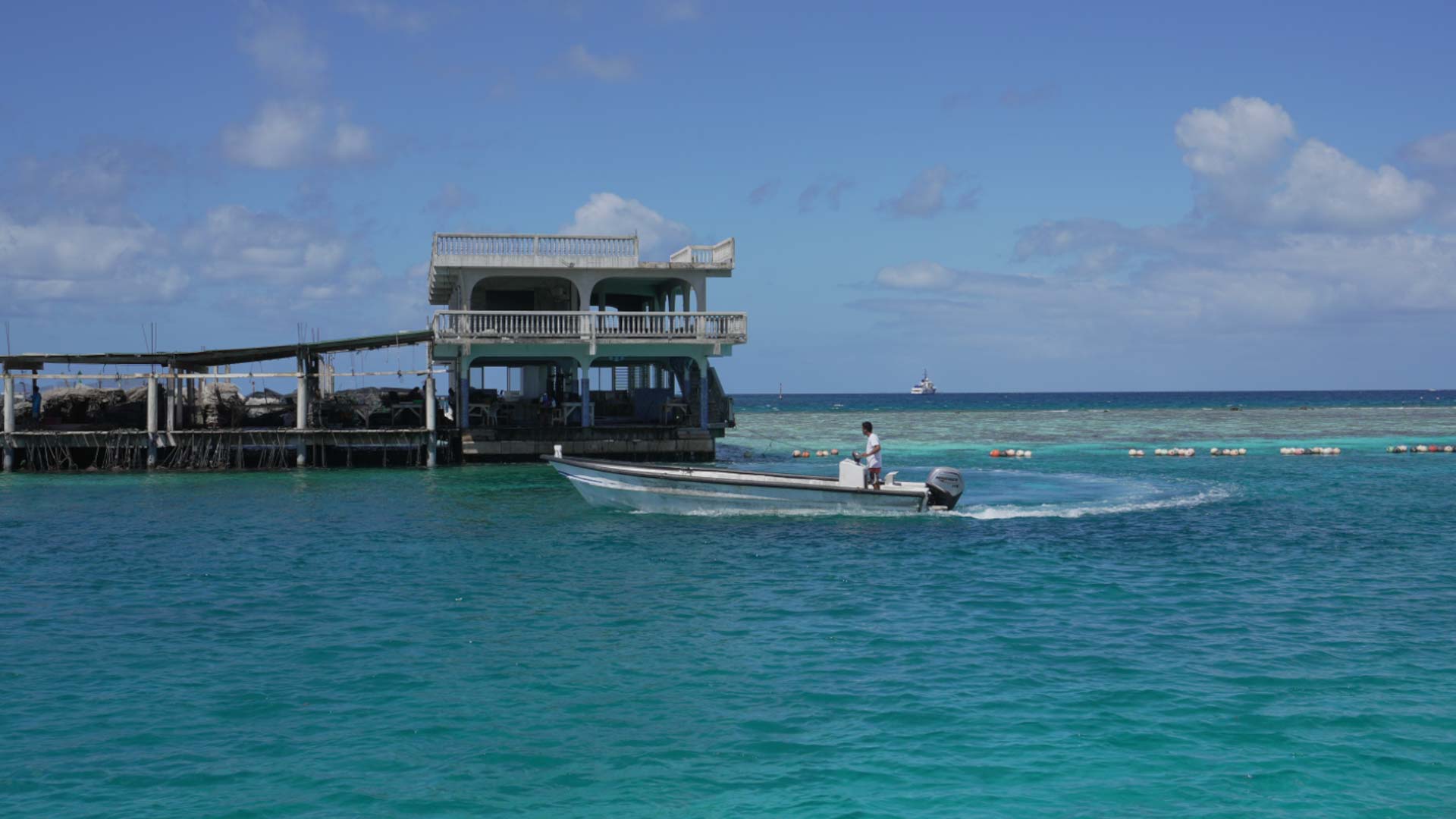
When the mother-of-pearl mollusk looks fragile and tired, grafters put it aside, as it will not produce quality pearls. However, these are not lost, as each part is recovered for various purposes: for Korori, a traditional island dish that uses the mollusc; for shellfish sold to tourists; and as fertilizer for agriculture.
Unfortunately, this phenomenon is becoming increasingly common. Artificial pearl farming can cause ecosystem imbalances if lagoons are overexploited. What’s more, all the plastic used in water generates large quantities of microplastic. That’s why Maggie and many others in the industry are actively seeking new solutions to make the pearling industry more environmentally friendly.
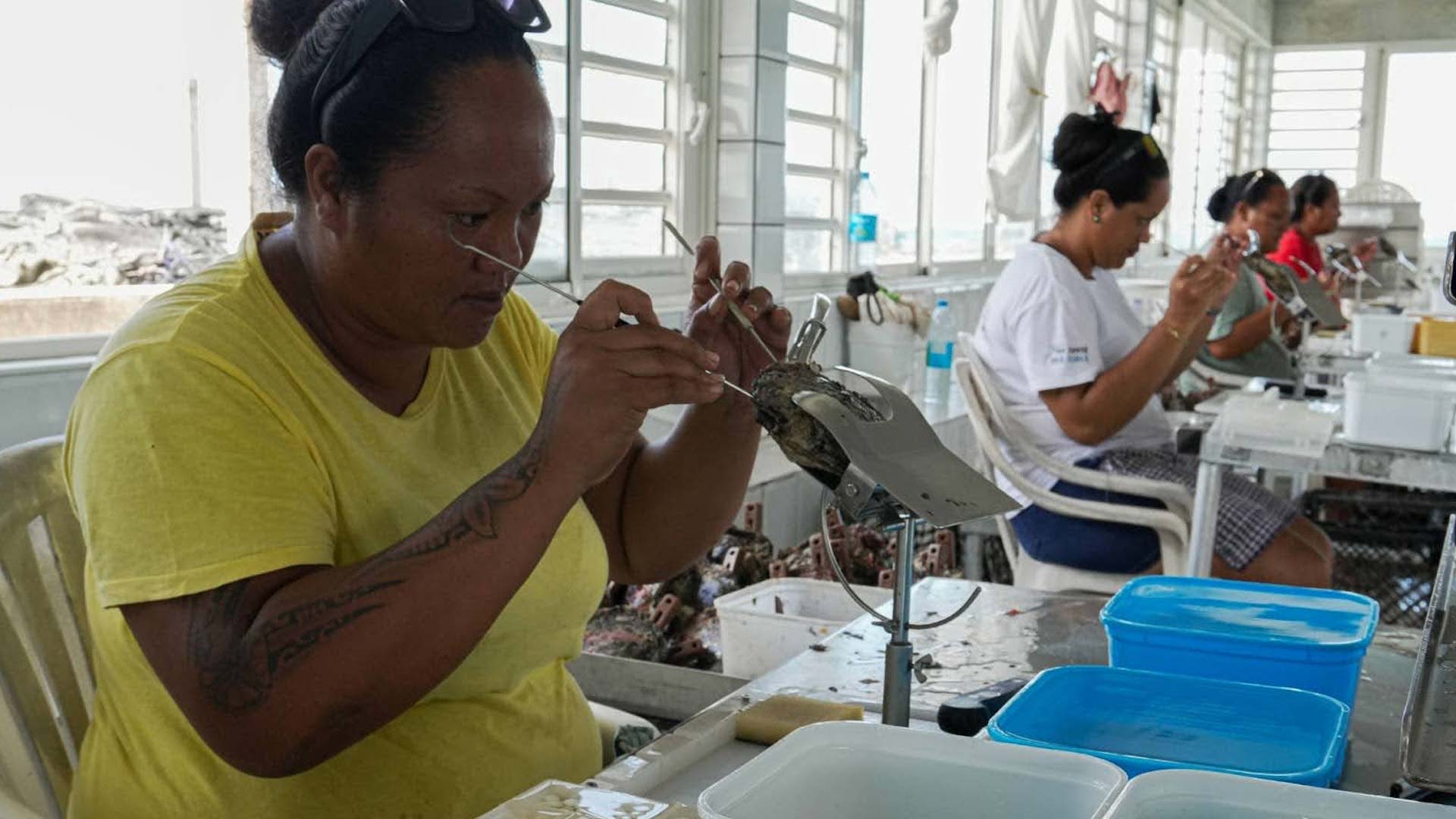
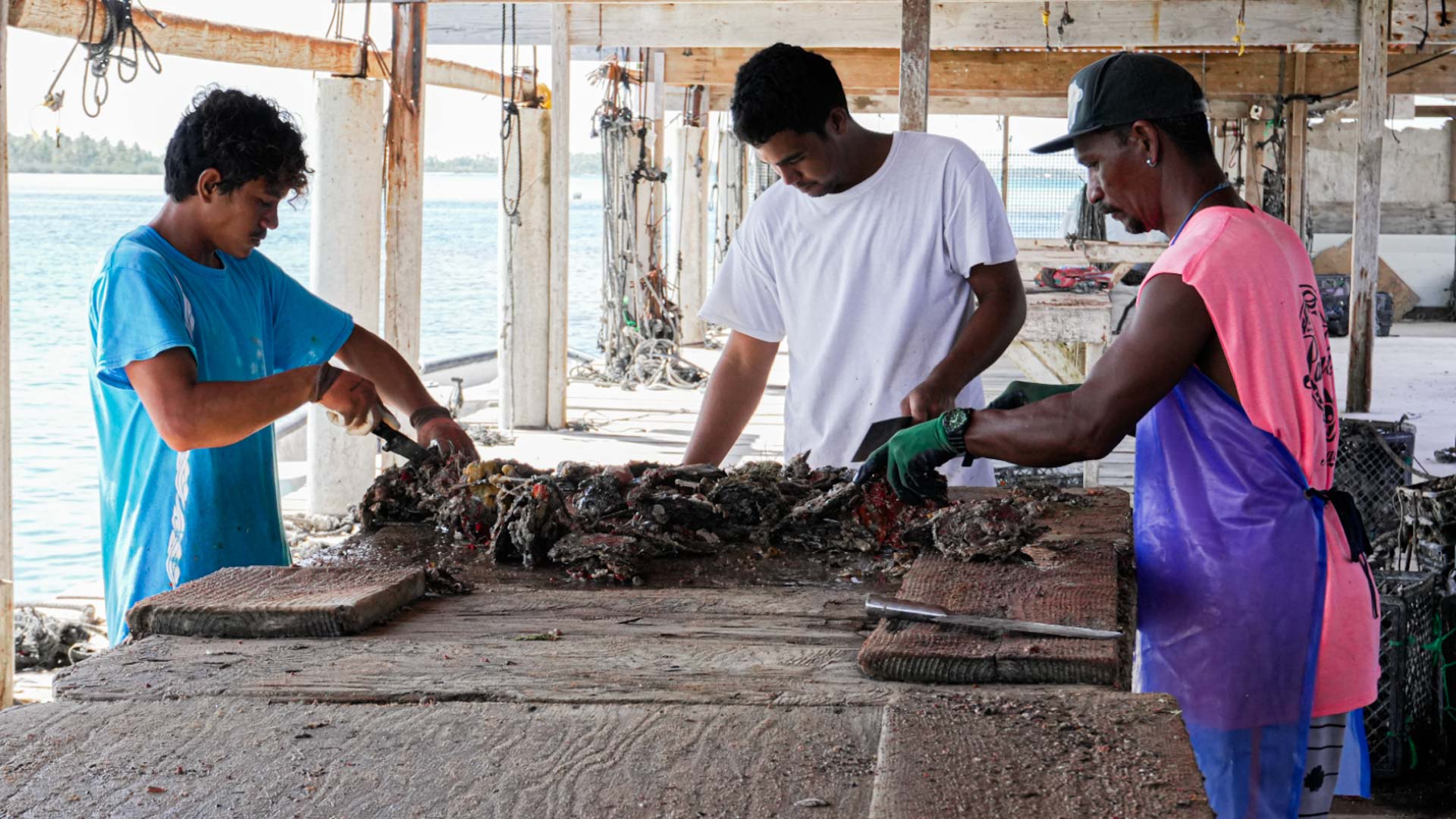
Solutions to reduce the environmental impact of pearl farming
Fortunately, efforts are underway to innovate in this direction. In particular, we met Thomas Trophime from French Polynesia’s Directorate of Marine Resources (DRM), who is working to reduce the negative impacts of pearl farms. The DRM’s aim is to find companies that produce biomaterials to replace plastic mesh, and to carry out precise environmental monitoring to avoid any possible over-exploitation.
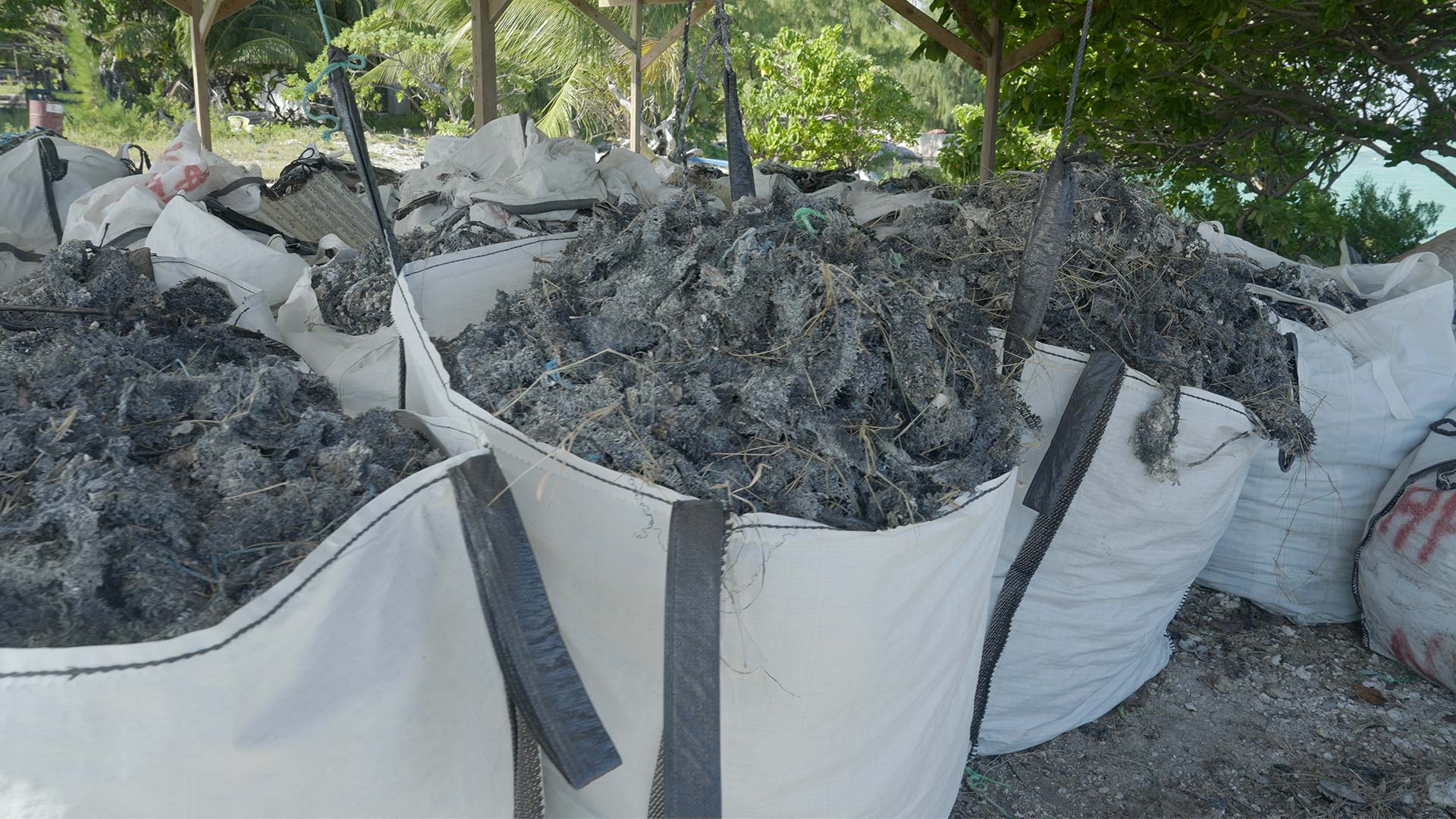
What happens to plastic mesh and ropes that are no longer in use?
At present, a system has been set up to collect pearl farming waste from various islands and transport it by boat to a landfill on the island of Tahiti. However, this approach has significant shortcomings for the environment. The landfill approach results in long-term soil pollution on the island of Tahiti, while bulky, unshredded waste compromises space optimization during transport, which also has a considerable environmental impact. One of the solutions envisaged would be to shred these plastics directly on site, before transporting them to Tahiti, where they would then be recycled.
The Plastic Odyssey team therefore carried out tests on board the vessel, crushing plastic waste from pearl farming. She then used recycled plastic boards to build a bench that was donated to the Apataki community. The idea behind this action was to demonstrate that it is possible to give a second life to damaged or obsolete fencing, turning it into new objects useful in everyday life.
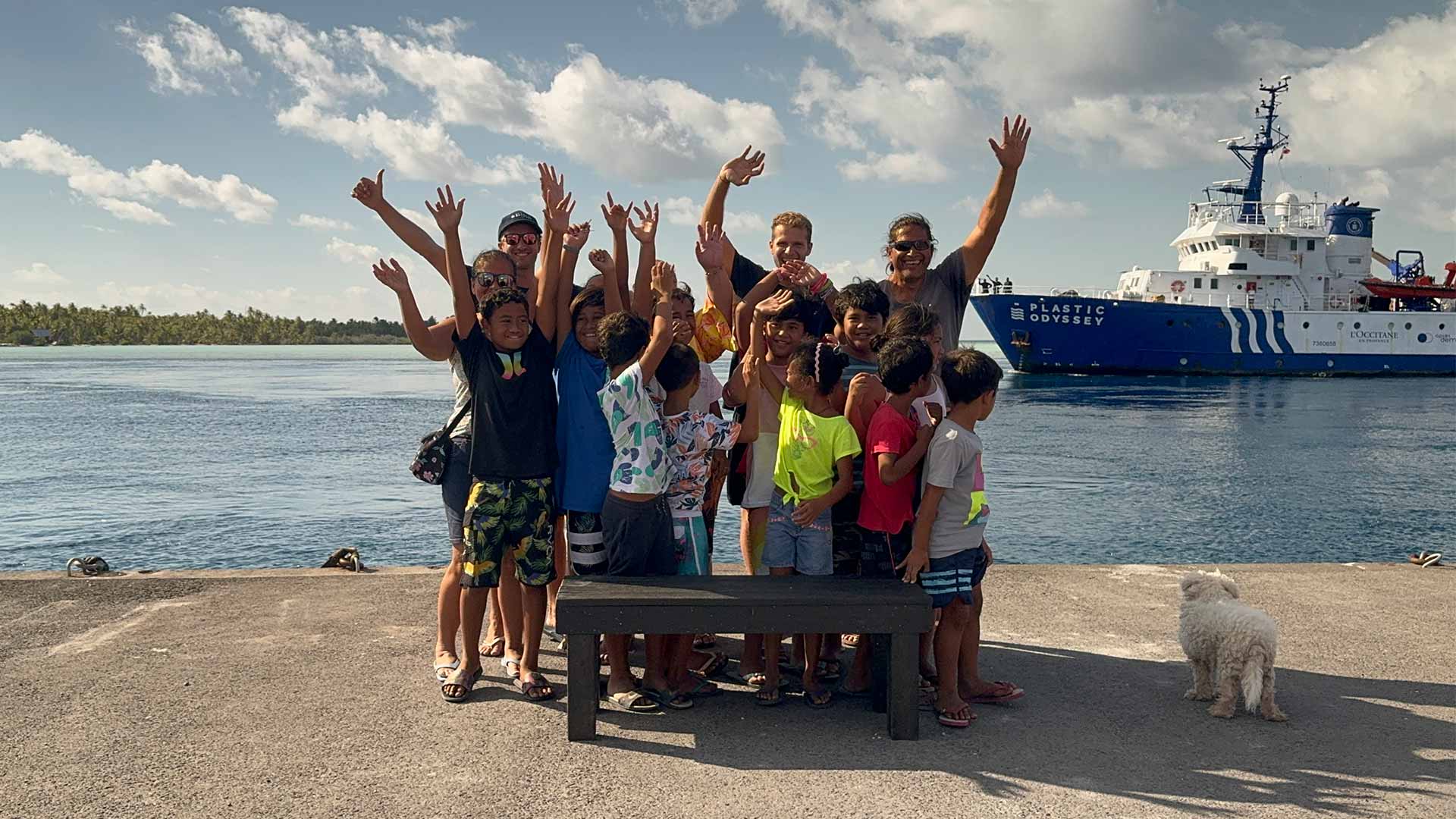
The future of the pearl industry in French Polynesia
Today, the various players in the pearl farming industry are seeking to organize the process of recycling the waste produced each year. This commitment was reinforced at the OnBoard Lab in French Polynesia, where the players gathered to discuss the next steps. They are committed to structuring this new value chain.
The pearl farmers present, concerned to preserve the environment and their lagoons, agreed to prepare the waste in the best possible way for recycling. After removing their equipment from the water, they will store it outside for cleaning and drying. TSP (Tahitienne de secteur publique) will then supervise their repatriation by sea freight to Tahiti, where the raw material will be sent to new recyclers in collaboration with Plastic Odyssey.
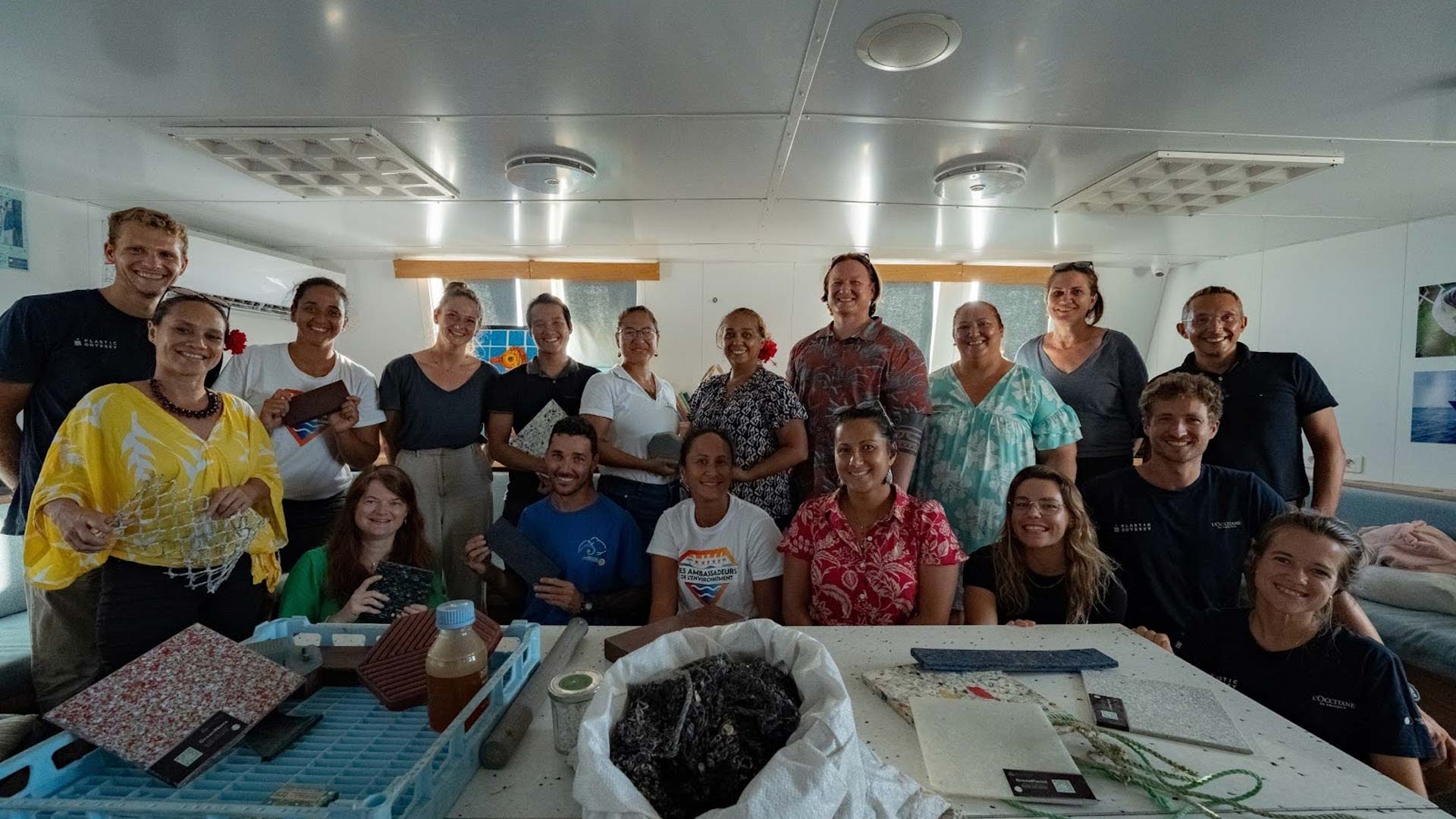
French Polynesia’s pearling industry is at a crucial turning point in its history, with environmental preservation and sustainable development at the heart of its concerns. By joining our forces and working together, we can keep this tradition alive, while preserving the natural treasures of these paradise islands.
